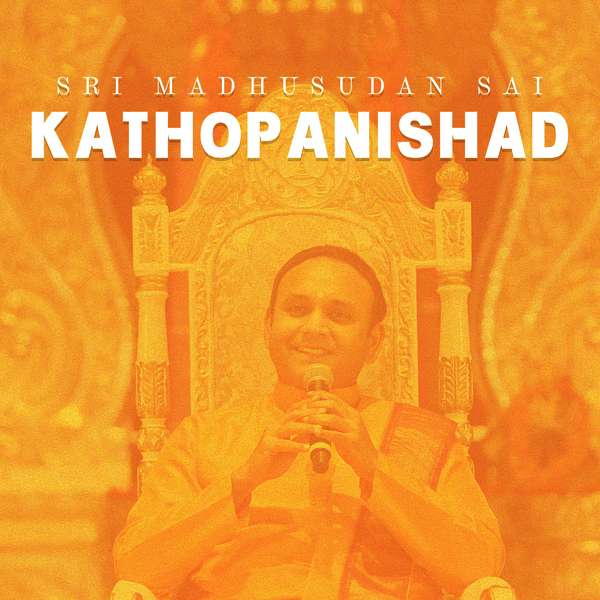
Kathopanishad
Kathopanishad is one of the 10 principal upanishads which present the essence and culmination of all knowledge found within India’s most ancient and sacred texts; the vedas. It is a dialogue between a little boy named Nachiketa and the Lord of Death, Yama, which covers the nature of life after death, the true meaning of sacrifice, and how one can transcend death.
It is believed that listening to the upanishads is the first step towards discovering our unique spiritual path to liberation. In 2020, Sadguru Sri Madhusudan Sai gave a series of talks over the course of a month, which methodically and thoroughly explained the significance of the Kathopanishad and its relevance to us in our lives. This podcast series is compiled from those talks.
Kathopanishad
49. Stop Blaming Or Praising Others (Including God)
The ātman is the screen on which everything is playing. Our experiences of happiness, sorrow, anger, frustration, excitement and dejection play on this screen through the function of our mind.
Sadguru reminds us to be very careful about what we see, taste, hear, smell, touch, say or even think about. All these constitute that which leads eventually to our karma (action).
Even though the senses are functioning because of brahman alone, still we will not be able to understand brahman through them. A subtler, sharper, more discriminating mind will immediately know that if the movie is playing, there has to be a screen behind it.
Therefore, Sadguru tells us to see brahman in every experience of life, but at the same time, understand that it is not brahman in its purest entirety. That can only be understood when all these experiences stop completely.
If you'd like to get the links and show notes for this episode, visit:
https://www.saiprakashana.org/KU-EP49
Podcasts we love
Check out these other fine podcasts recommended by us, not an algorithm.

Ishavasyopanishad
Sanathana Vani